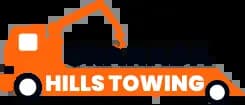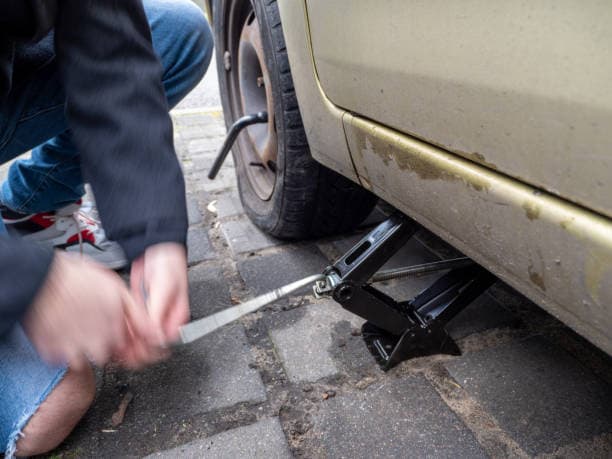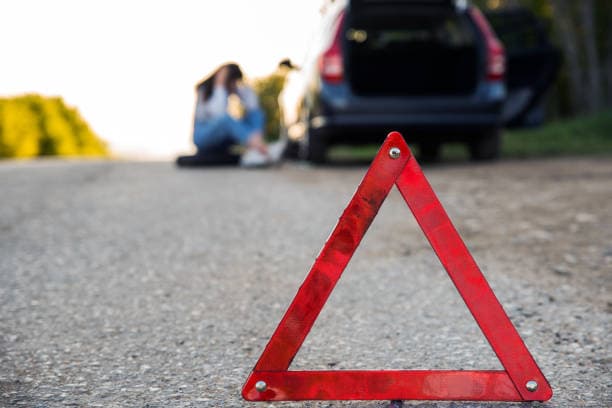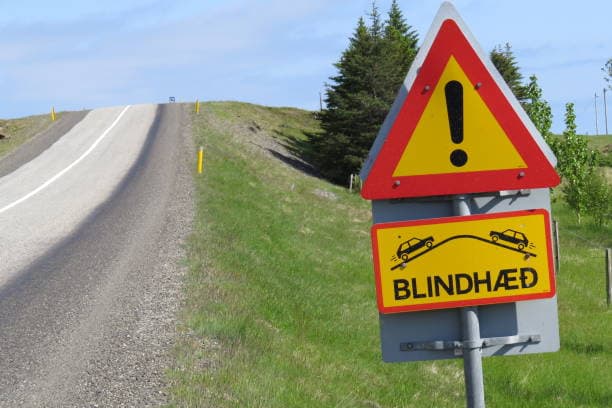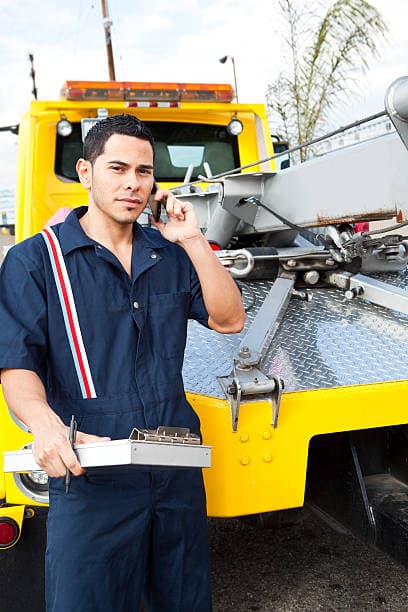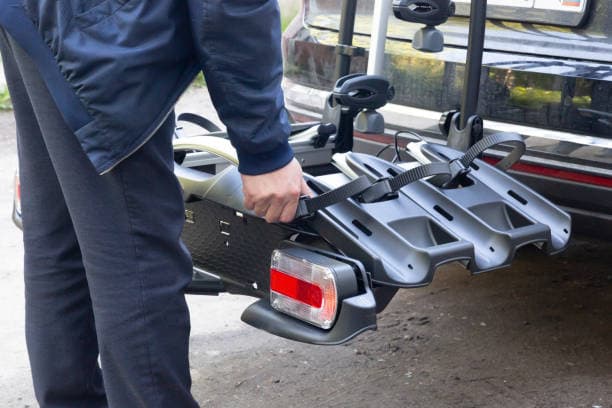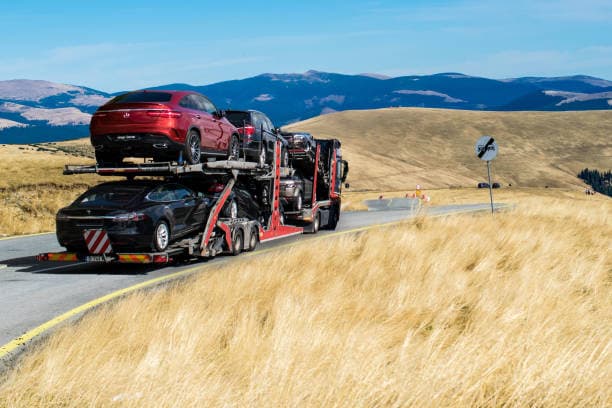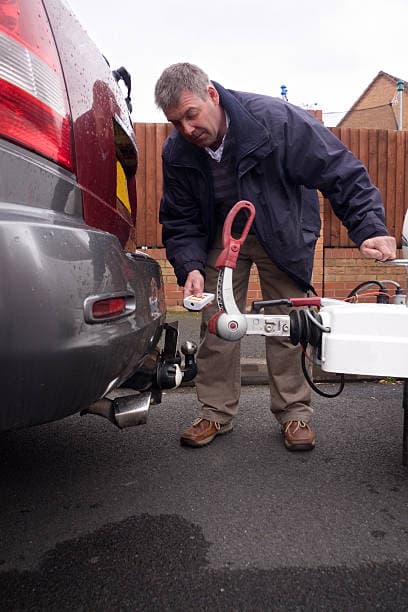When your vehicle breaks down unexpectedly, emergency towing is often the quickest and safest solution. Whether you're dealing with a flat tire, engine failure, or an accident, knowing how the process works can help reduce stress and ensure a smooth experience. Towing services are available 24/7, providing a vital safety net when you're stranded or unable to move your vehicle. In this guide, we break down the steps involved in emergency towing, from the moment you make a call to when your vehicle is safely transported to its destination. This guide will give you a thorough understanding of the towing process, ensuring you're prepared and confident in case of an emergency.
Step 1: Assessing the Situation
Before calling for emergency towing services, it’s essential to carefully assess your situation. Quick thinking and a clear evaluation can ensure your safety and help prevent unnecessary complications. Here's what you should check:
-
Are you in a safe location? First and foremost, make sure you're not in a high-risk area. If you're stuck in a busy intersection or on the shoulder of a highway, take steps to secure your safety. Get your vehicle off the road if possible, or at least position it in a way that minimizes risks to yourself and other drivers.
-
Is your vehicle causing an obstruction? If your vehicle is blocking traffic or creating a hazard, call for a tow immediately. Some jurisdictions have specific laws regarding vehicles that are left in dangerous positions, and it’s often quicker to call for a tow than to wait for assistance.
-
Do you need immediate roadside assistance or a full tow? In some cases, you might only need a minor fix, such as a jump-start or flat tire replacement. However, if the issue is more severe, like a broken axle or engine failure, a full tow will be required.
-
Are you experiencing a mechanical issue or accident-related damage? Understanding whether the issue is mechanical or accident-related will help the dispatcher direct you to the appropriate type of service. If it's accident-related, ensure that you're following any legal procedures (such as reporting the accident) before calling for a tow.
If you find yourself in a hazardous situation, like on a busy highway or in an area with limited visibility, take additional precautions. Turn on your hazard lights immediately to alert other drivers of your location. If possible, try to move the vehicle to a less dangerous spot. If the vehicle cannot be moved, stay inside with your seatbelt on while waiting for help.
Step 2: Contacting a Towing Service
Once you've assessed the situation, it’s time to call a professional towing service. Granada Hills Towing, for example, provides timely and reliable assistance. Here’s what you should have ready when you contact the dispatcher:
-
Your location: Provide as many details as possible to help the tow truck driver find you quickly. This might include your street address, a nearby landmark, or even GPS coordinates if you’re in an unfamiliar location. Many people find GPS on their phone to be incredibly helpful when relaying their location to a dispatcher.
-
The type of vehicle you have: Make sure to tell the dispatcher your vehicle's make, model, and year. This helps the towing service send the right type of truck equipped to handle your car. Larger vehicles like SUVs or trucks may require different towing equipment than smaller cars.
-
The nature of the problem: Be specific about the issue you're facing. Is it a flat tire, a dead battery, an engine failure, or has your vehicle been involved in an accident? Providing as much detail as possible allows the towing company to prepare for the correct type of service.
-
Any special requirements: Let the dispatcher know if you need any special towing services. For example, if you have an all-wheel-drive vehicle or a luxury car, you may need a flatbed tow truck to prevent further damage. Additionally, if you’re dealing with an oversized vehicle, make sure the service has the equipment to handle it.
Once you've provided the necessary details, the dispatcher will give you an estimated arrival time. Be prepared for the possibility of delays, as other calls may be prioritized depending on urgency. If you're in an area with poor reception, make sure to stay in a spot where you can maintain a clear connection with the dispatcher.
Step 3: Waiting for Assistance
While waiting for the tow truck, your safety should be your priority. Here are some steps you can take to ensure you're prepared while waiting for help:
-
Stay inside your vehicle: If you're on a busy road or highway, staying inside your car with the seatbelt on is the safest option. This helps you avoid any potential accidents, especially if traffic is moving quickly around you.
-
Keep your hazard lights on: Hazard lights are essential for warning other drivers that your vehicle is not in motion and that you’re experiencing difficulty. This is especially important in low-visibility conditions, such as at night, during rain, or in foggy weather.
-
Place warning triangles or flares: If you have access to road flares or reflective warning triangles, place them behind your vehicle to further alert approaching drivers. This extra precaution can help prevent an accident, especially in high-traffic areas.
-
Avoid accepting help from strangers: While it’s natural to want assistance, always wait for the official towing service to arrive. Accepting unsolicited help from strangers could put you at risk.
If you're facing extreme weather conditions, make sure you're properly dressed for the elements. Having water, snacks, and a blanket in your vehicle can be useful in case you have to wait for an extended period.
Step 4: Towing Truck Arrival and Inspection
When the tow truck arrives, the operator will carefully inspect your vehicle to determine the best method for towing. There are several types of tow trucks, and each has its advantages depending on the type of vehicle and the nature of the problem:
-
Flatbed Tow Trucks: These are the safest option for transporting vehicles, especially for those with all-wheel-drive systems, lowered cars, or luxury vehicles. The flatbed allows the entire vehicle to be lifted and securely transported without any strain on the car’s drivetrain.
-
Hook-and-Chain Tow Trucks: While more traditional, these trucks use a hook and chain to lift the vehicle by the axle. This method is typically used for short-distance tows but can cause wear to the vehicle's undercarriage, especially on low-clearance vehicles.
-
Wheel-Lift Tow Trucks: A common and cost-effective option, wheel-lift tow trucks lift the vehicle by the wheels. This method is often used for two-wheel-drive vehicles, where only the front or rear wheels are lifted for transport.
The towing operator will discuss the best option based on your car’s condition and the destination. They will also ask for confirmation of the drop-off location, whether it's your home, a nearby repair shop, or a dealership.
Step 5: Securing the Vehicle
The tow truck operator will then secure your vehicle to ensure it doesn't move during transport. The safety of your vehicle is a priority, and the operator will double-check all connections. Here’s what typically happens:
-
Flatbed: The vehicle is carefully driven onto the flatbed and then secured with straps, ropes, or chains to prevent any movement during transport. The operator will ensure that the vehicle is centered and balanced on the flatbed.
-
Wheel-Lift: The operator will lift the front or rear wheels off the ground, securing them with wheel locks or other restraints to ensure the vehicle is stable during the tow.
-
Hook-and-Chain: In this case, the operator will lift the vehicle by its axle and secure it with additional safety chains to prevent it from shifting.
In any case, the towing operator will inspect the vehicle’s condition and ensure that everything is properly secured before transporting it.
Step 6: Transporting Your Vehicle
Once the vehicle is securely fastened, the tow truck driver will transport it to the destination you specified. The driver will take the safest and most efficient route to minimize delays and potential risks. If you're following behind, be mindful of the increased stopping distance required when following a tow truck.
It’s important to remember that your vehicle will be treated with care during transport. The tow truck operator is a trained professional, and their goal is to ensure that your vehicle arrives at its destination without damage.
Step 7: Vehicle Drop-Off and Finalizing the Service
When you arrive at your destination, whether it's a mechanic’s shop, a dealership, or your home, the operator will carefully unload your vehicle. You should inspect your car to ensure it hasn't been damaged during the tow, and if you notice anything unusual, discuss it with the operator immediately.
- The operator will provide an invoice for the service rendered. This includes the cost of the tow, any additional fees (e.g., mileage, after-hours service), and taxes.
- If you’re using insurance, confirm with the operator whether they can bill your insurance directly, or if you'll need to file a claim yourself.
At this point, your vehicle has been safely delivered to its destination, and the towing service has fulfilled its role.
Additional Tips for Emergency Towing
Understanding Roadside Assistance Plans
Many insurance providers and auto clubs offer roadside assistance plans that include towing services. If you frequently travel long distances, have an older vehicle, or live in an area prone to breakdowns, investing in a plan can save you time and money in the long run. Be sure to check the specifics of your coverage, such as service limitations, mileage allowances, and the types of services included.
Preparing for Emergencies
- Keep a well-stocked emergency kit in your vehicle. This should include jumper cables, a flashlight, water, non-perishable food, basic tools, and first-aid supplies.
- Store the contact information of a trusted towing service like Granada Hills Towing in your phone, so you can quickly reach them when needed.
- Make sure you have a backup transportation plan in case you need to get home or to work after your vehicle has been towed.
Common Mistakes to Avoid
- Not asking about fees upfront: Some towing companies charge additional fees for long-distance tows, after-hours service, or special equipment needs. Always ask for an estimate or a breakdown of costs before agreeing to the service.
- Leaving personal items in your car: If your car is being towed to a repair shop, take the time to remove any valuables. The towing company is not responsible for personal items left in the car.
- Ignoring maintenance signs: Regular vehicle maintenance can prevent breakdowns. If you notice issues like strange noises, warning lights, or irregular performance, take your car in for a checkup before things get worse.
Emergency towing is a straightforward process when handled by professionals. By understanding the step-by-step procedure, you can ensure a smooth experience during stressful situations. Whether it’s a roadside breakdown or an accident, having a reliable service like Granada Hills Towing available can make all the difference. Keep this guide handy, and you’ll always be prepared for any towing emergency!
Proper preparation and knowledge will help you minimize the stress of a breakdown. Knowing exactly what to expect will ensure your safety and the safe transport of your vehicle. Next time you need towing assistance, you’ll be ready to handle the situation with confidence and ease.
